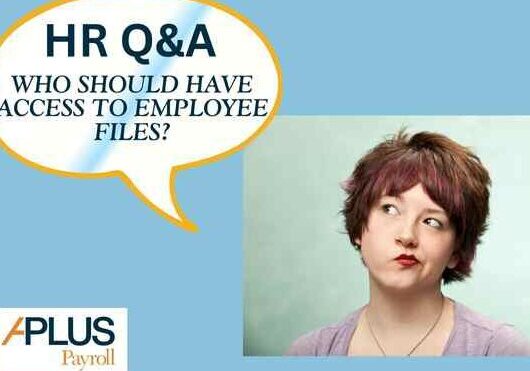HR Q&A – What’s the Difference Between a Furlough and a Layoff?
by Paul Devlin

When it comes to losing your job, the terms “layoff” and “furlough” are often used interchangeably. However, these two terms mean very different things for both employers and employees. Understanding the distinction between the two can help you navigate your career and plan for your future. So buckle up and get ready to learn what sets a layoff apart from a furlough, and how each can affect your employment status.
Furlough: A Temporary Pause
A furlough is essentially a temporary leave of absence from work, initiated by the employer due to specific reasons such as economic downturns, seasonal business, or extraordinary circumstances like the COVID-19 pandemic. Unlike layoffs, furloughs are meant to be temporary, with the employees expected to return to their jobs once the specified period ends or the situation improves.
Impact on Employees:
- Job Status: Employees retain their job titles but are required to stop working for a while without pay.
- Financial Compensation: No salary is paid during the furlough period; however, employees may be eligible for unemployment benefits depending on local regulations.
- Benefits: Employers may allow employees to retain their benefits like health insurance during the furlough period, often requiring the employee to continue paying their portion of the premiums.
- Return to Work: Employees typically have a clear expectation of returning to their roles, although the exact timeline may be uncertain.
Employers might opt for furloughs to reduce costs while retaining their workforce, allowing for a quicker ramp-up when conditions improve.
Layoff: A Permanent Separation
A layoff refers to the permanent termination of employment, usually due to economic pressures, organizational restructuring, or the discontinuation of a position or department. Unlike furloughs, layoffs are not intended as temporary measures.
Impact on Employees:
- Job Status: Employees lose their positions within the company.
- Financial Compensation: Employees may receive severance packages, and they are typically eligible for unemployment benefits.
- Benefits: Benefits such as health insurance end, though employees may qualify for extended benefits under programs like COBRA (in the United States).
- Return to Work: There is no expectation of returning to work, though some employers may rehire laid-off employees if the situation changes.
Layoffs are often used as a last resort when a company needs to reduce its workforce size permanently.
Best Practices for Communication
In times of furloughs or layoffs, compassionate and clear communication is paramount. Employers should:
- Be Transparent: Provide clear reasons for the decision and details about the implications for employees.
- Express Empathy: Acknowledge the difficulties and emotional distress these decisions can cause.
- Provide Support: Offer resources for financial assistance, counseling, and job search support where possible.
- Keep Lines Open: Maintain open channels of communication for employees to ask questions and express concerns.
Understanding the distinctions between furloughs and layoffs is essential for HR professionals navigating through economic downturns or crises like the COVID pandemic. By adopting best practices for communication and providing support, employers can mitigate the impact of these difficult decisions, maintaining a respectful and empathetic relationship with their employees during challenging times.
This article does not constitute legal advice. For more information please reference related articles in your APlus HR resource center or ask your friendly APlus CSS about our On-demand HR live advice line where, for a small fee, you can be connected to a certified HR advisor.



